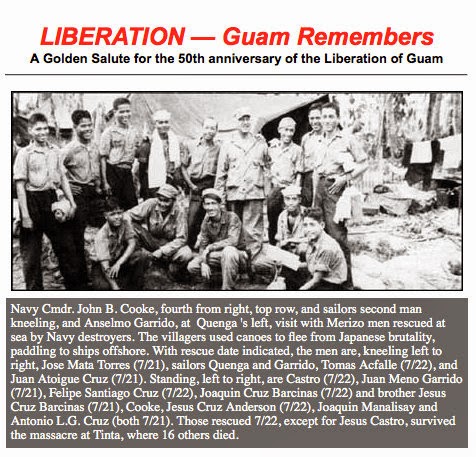A Year in Atate
For the past year I have been assisting one of the men who fought the Japanese at Atate, Jose Mata Torres with the publication of his memoirs, “The Massacre at Atate.” Torres was a young man at the time who and wasn’t a main organizer for the attack but he said that he had never felt more inspired or exciting in his life, than to see the men from his village rise up and in order to defend their families and their lives, face off against their violent occupiers. On February 24th at 6:30 in the CLASS Lecture Hall at UOG, the book “Massacre at Atate” is being released. There will be a reading by Jose Torres and then a panel discussion afterwards. Please come and join us for this important step for Chamorro Studies, but also just the remembering of Chamorro history and in turn Chamorro possibility. As I come near to the end of this project it reminds me of something I posted earlier, last year titled "Three Massacres." It was originally posted on this blo
